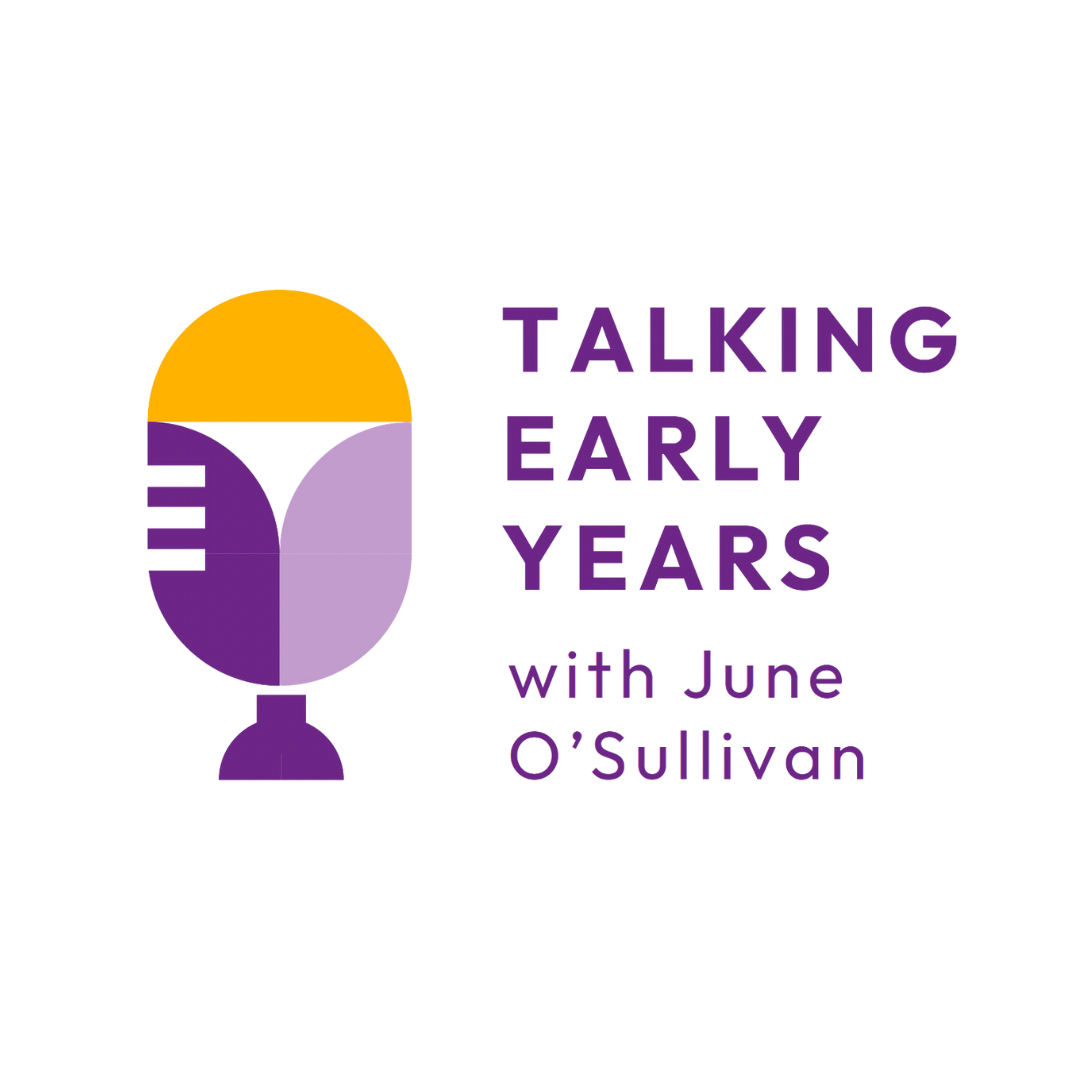
Introducing AI To Early Years:Part 1
Navigating the Jigsaw of AI: Opportunities and Challenges in Early Years Education The impact of AI on Early Years education is a compelling topic, especially as 2025…
July 7th 2025
The world is changing fast. Technology is accelerating how we live, work and even care, but in that rush, you can’t help but notice how relationships, connections, and a sense of togetherness are being left behind. A world that began with the warm intention of connecting us is now dominated by apps and automation, and somehow the fundamental essence of caregiving, of human interaction, is being quietly sidelined. Take a look at your phone right now. Can you find a telephone number easily? Doubtful. No one wants to speak anymore. But the irony? That’s what we’re all desperate for –real connection, a shared story, a kind word spoken aloud.
In this podcast, I speak to Sue Egersdorf, co-founder of the intergenerational Ready Generations Nursery at Belong, in Chester. Her work is a powerful reminder that early childhood settings are not just educational spaces – they’re deeply embedded in the wider social and political landscape.
Sue and I have known each other a long time and back in 2012, I was looking at how we could design intergenerational nurseries. Sue had co-founded Ready Generations, and we traipsed around London, looking for a space. I had visited an intergenerational nursery in France, and was working closely with the Beth Johnson Foundation. But it was too early for local authorities to commit. One of our earliest LEYF prototypes was in Lisson Green, where a nursery backed onto an older person’s home. There was a simple gate between us. At first, we just waved and smiled but over time, the connection between the nursery and the home grew into shared storytelling, collaborative play, music, gardening- real relationships. That nursery is sadly no more, it was part of a housing estate refurbishment, but the idea survived, and more importantly, grew into the seventh strand of the LEYF pedagogy; the multigenerational community’s approach, a term chosen deliberately because it’s not just about toddlers and octogenarians.
So, it is understandable that I remain consistently impressed by how Sue has operationalised the idea; not just co-located services, but into a living, breathing community that feels like home, where people can truly be themselves. Where an 88-year-old feels just as valued as a 3-year-old as they share time, space, and life; not a programme, but a way of being.
Sue explains that what is noticeable about engaging with older people is they allow children to slow down by giving them the gift of time. Older people don’t rush, don’t need to tick off learning outcomes or produce “evidence” for a portfolio. Their pace invites reflection and presence, and the children respond in kind. Sue comments that the staff find themselves breathing a little more deeply, moving more mindfully, and watching the moment unfold rather than managing it.
We discussed the verb ‘to care’. Sue notes that they have stopped talking about care as a noun because it is too passive. Instead, they talk about caregiving –an active choice to give something of yourself to another human being. She gives an example of a little girl whose beloved Bunny lost an ear. She was inconsolable so the staff gathered the children for a conversation and decided Bunny would go to their friend Diana, a skilled seamstress in her 80s living with dementia. The repair of Bunny’s ear resulted in an exploration of an old-fashioned sewing box which was a treasure trove, each item a story, each stitch a conversation. That moment alone became a fortnight of curriculum –maths, creativity, storytelling, empathy. No app could deliver that.
This model brings all generations together. It’s about community, not compartments. We see parents in their 30s juggling nursery drop-offs while caring for elderly relatives. We see grandparents raising grandchildren. We see neighbours in their 50s volunteering at our nurseries, reconnecting with a sense of purpose after redundancy or loss. COVID19 exposed how cut off we’ve become from both the youngest and the oldest in our communities. Babies were born in lockdown and missed out on touch, sound, and language. Older people died alone, behind sealed doors, unseen. It broke something in us as a society. But it also created a turning point –one we must not waste the social solution –through belonging, stimulation, connection. And it starts early and lays the foundation for a healthier older age.
This podcast explores the inter-generational nursery model as a philosophy for a life built on compassion, curiosity, and a belief that every generation has something vital to offer. Listen to Sue tell the story of Ready Generation and her insistence that we don’t have to accept a disconnected, transactional society. Instead, we can build a caring one. She mentions Gen-All which is a network for those interested in the idea of intergenerational nurseries Gen-All: About | LinkedIn

Navigating the Jigsaw of AI: Opportunities and Challenges in Early Years Education The impact of AI on Early Years education is a compelling topic, especially as 2025…

The Early Years as a Political Space Early childhood education is not a neutral or technical service—it is a deeply political space and this is the focus of…

As more people turn to AI programmes and all the various free platforms to write summaries, design letters, shape reports, tidy up a set of minutes etc, we have to…